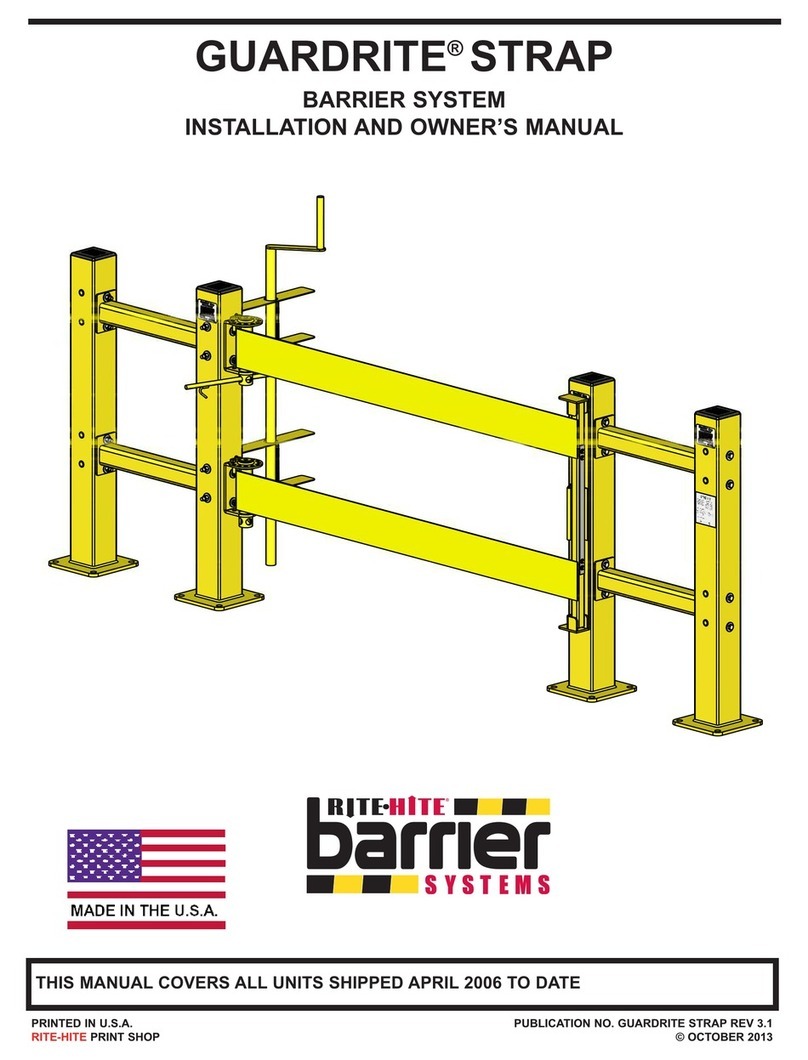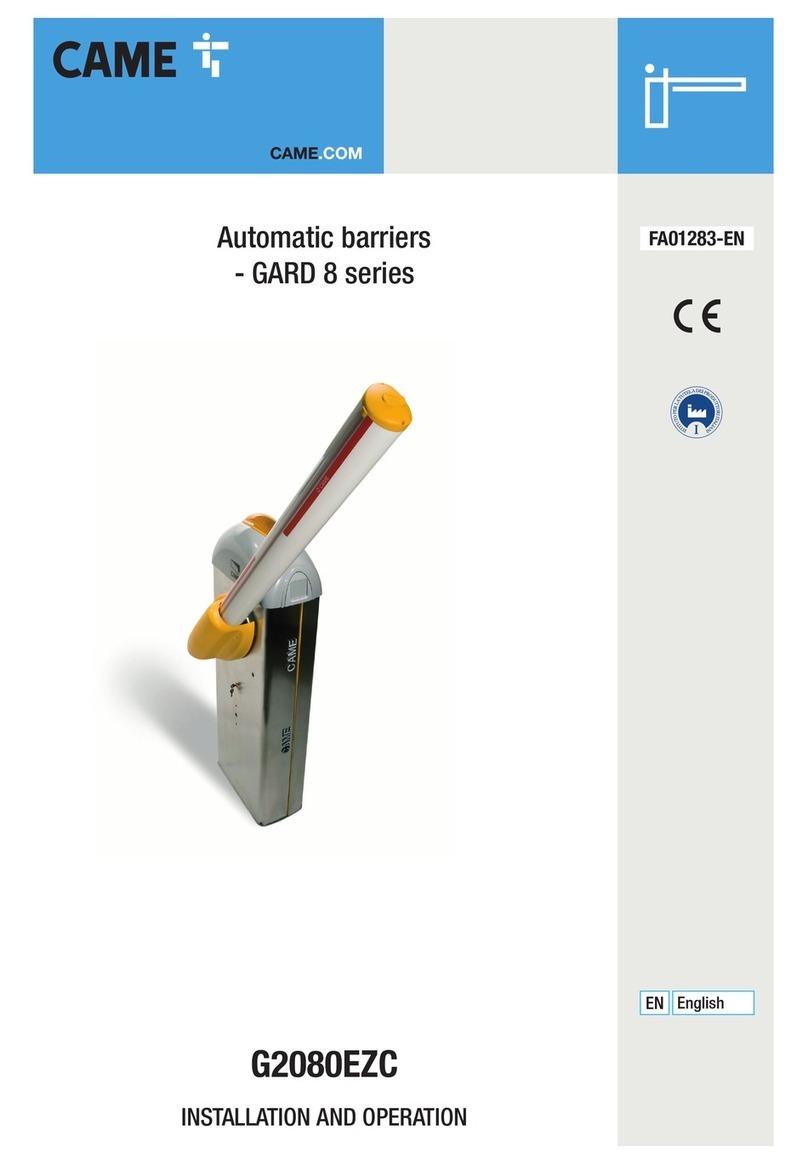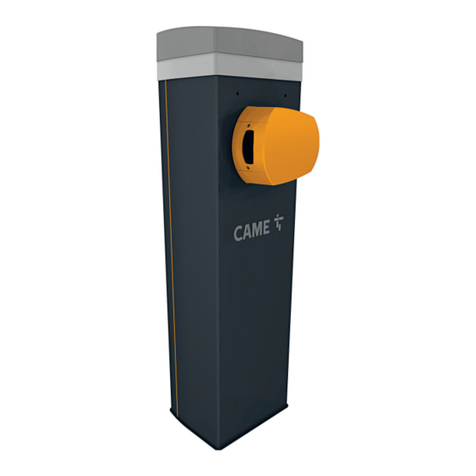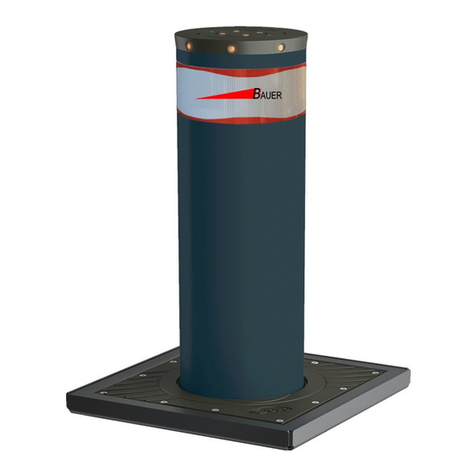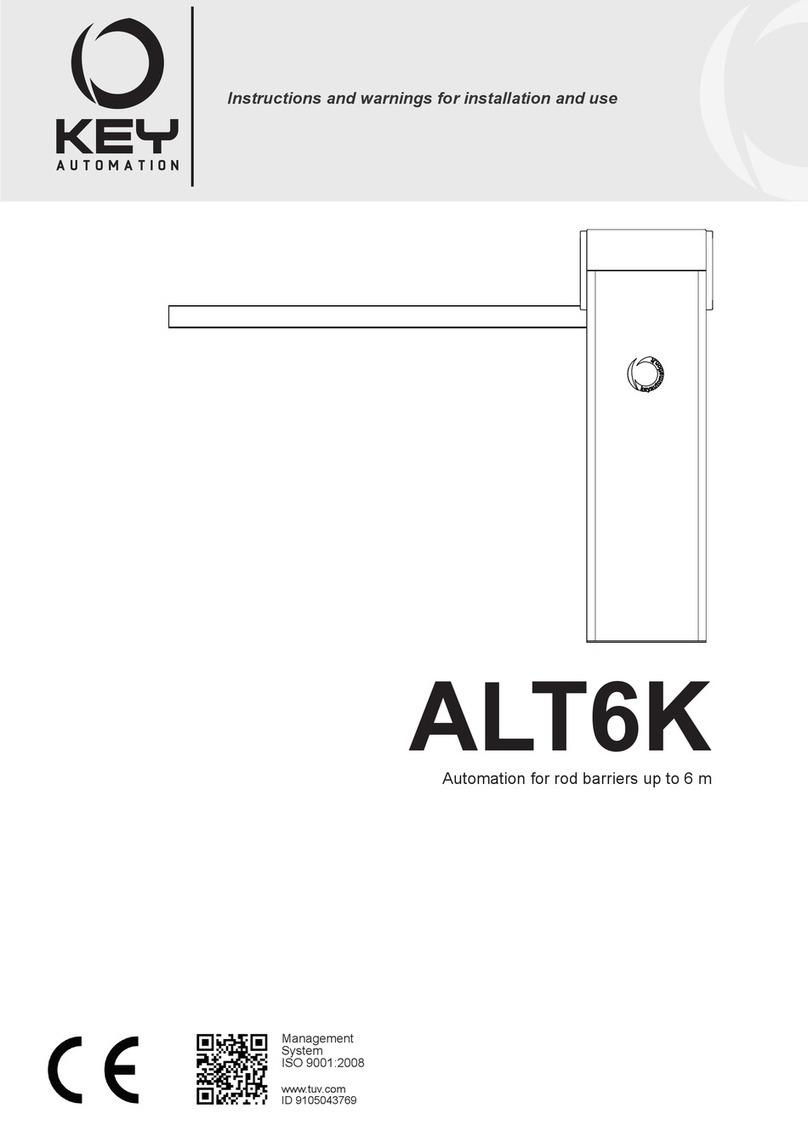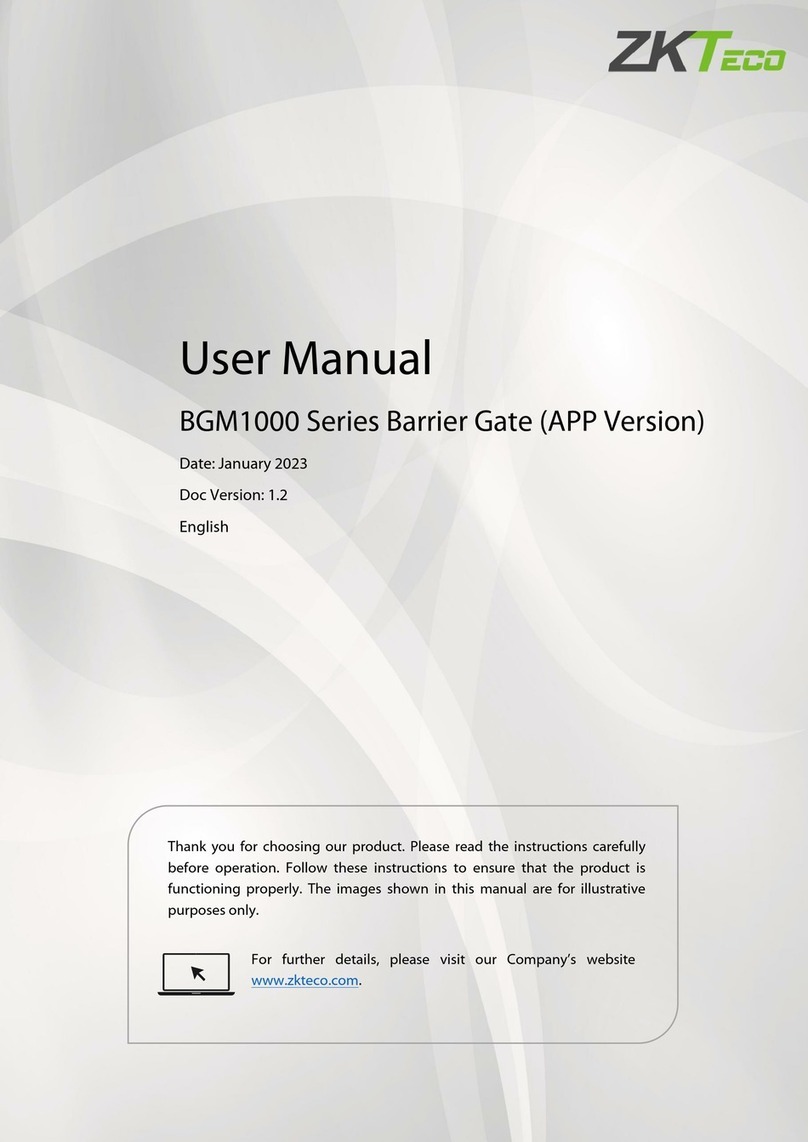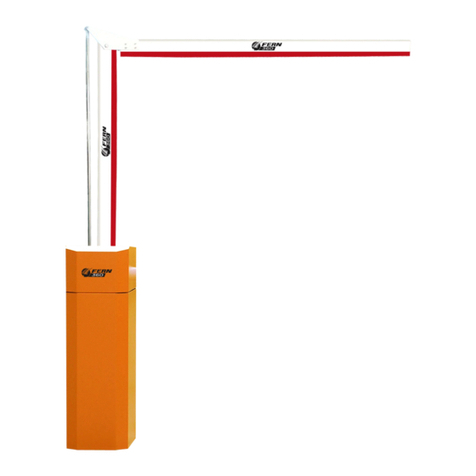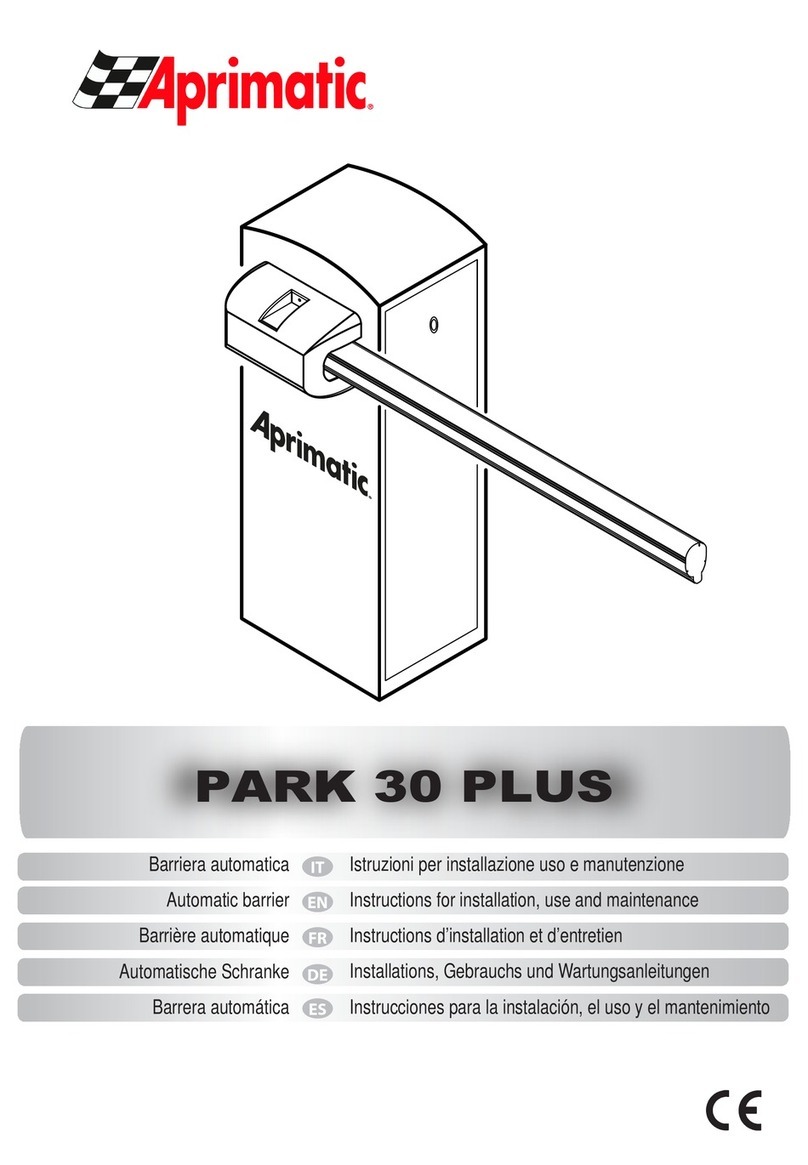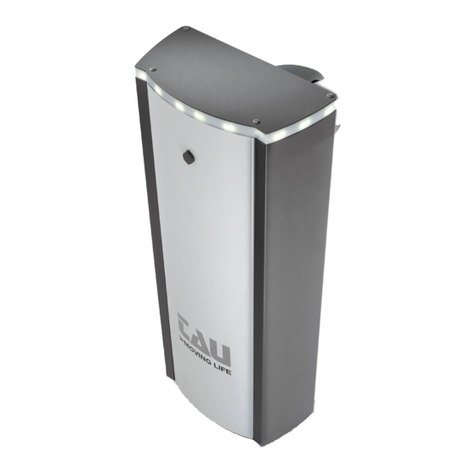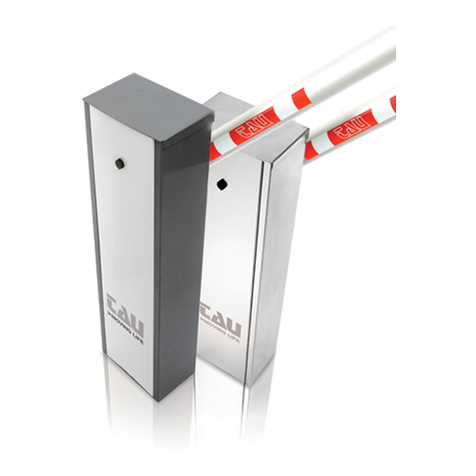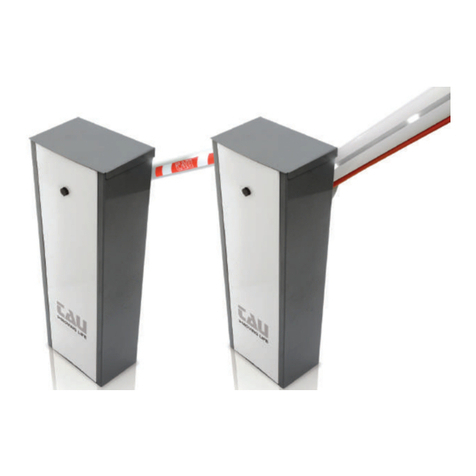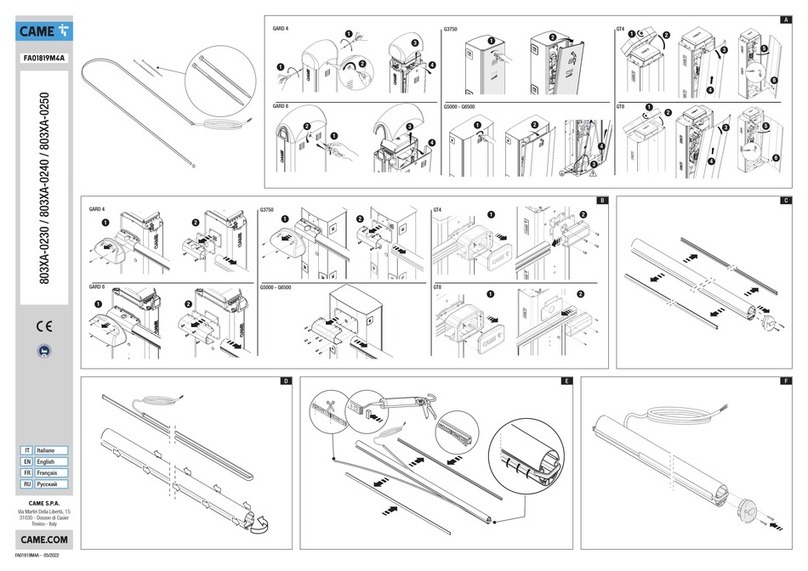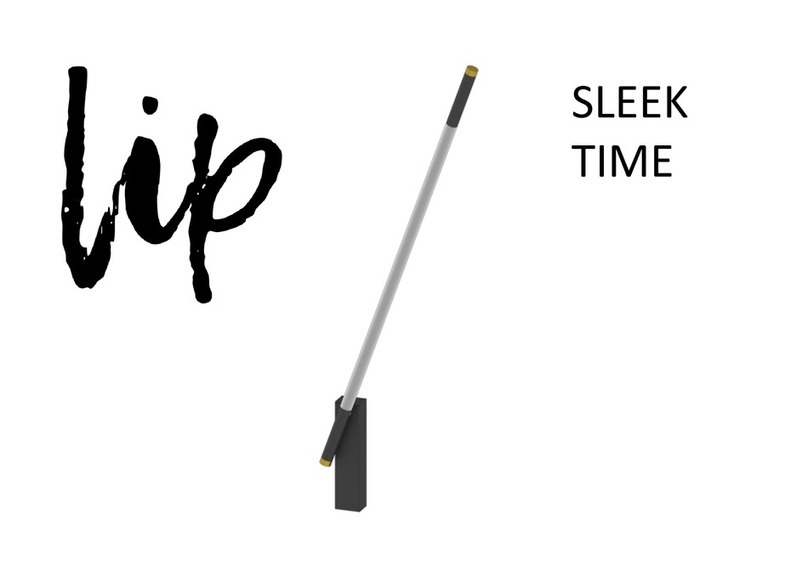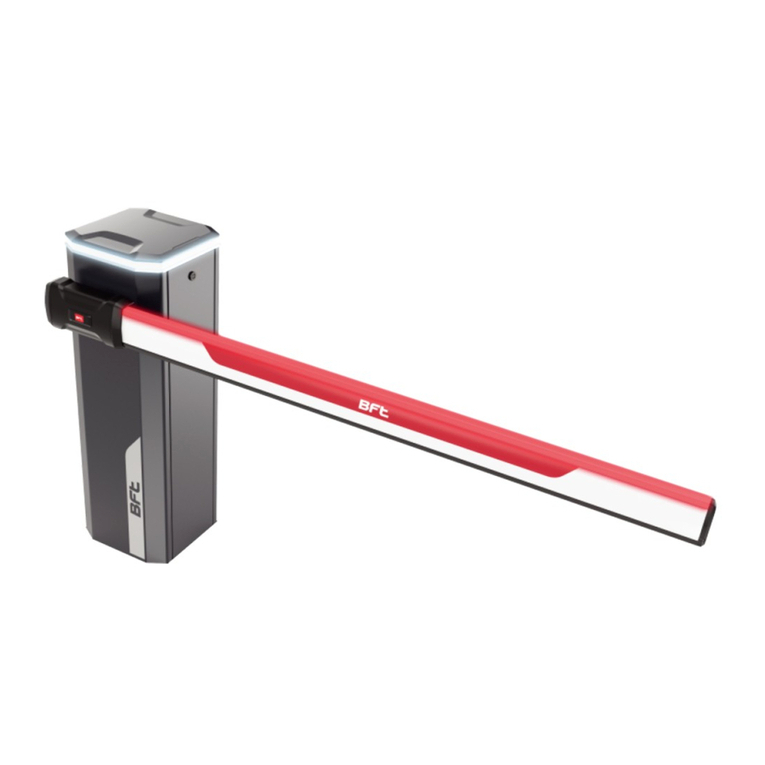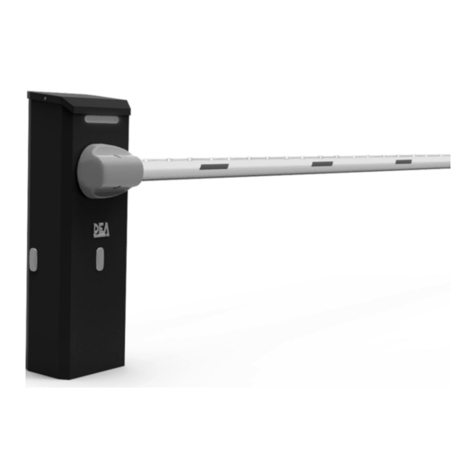
14
The data described in this handbook are purely a guide. TAU reserves the right to change them in any moment.
The manufacturer reserves the right to modify or improve products without prior notice. Any inaccuracies or errors found in this
handbook will be corrected in the next edition.
When opening the packing please check that the product is intact. Please recycle materials in compliance with current regulations.
This product may only be installed by a qualied tter. The manufacturer declines all liability for damage to property and/or
personal injury deriving from the incorrect installation of the system or its non-compliance with current law (see Machinery
Directive).
INSTALLATION WARNINGS. GENERAL SAFETY REQUIREMENTS
1) Carefully read all instructions before installation, as they provide important instructions regarding the safety, installa-
tion, operation and maintenance. Incorrect installation or use of the product may lead to serious physical injury.
2) Never leave packaging materials (plastic, polystyrene etc.) within the reach of children as they constitute a potential hazard.
3) Keep the instructions in a safe place for future consultation.
4) This product has been designed and constructed exclusively for the use specied in this documentation. Any other use not specied
herein may impair product integrity and/or constitute a hazard.
5) TAU Srl declines all liability for improper use or use other than as specied for this automation.
6) Do not install the unit in an explosive environment: the presence of either gas or ammable fumes is a serious safety risk.
7) The mechanical elements must comply with the requirements as stated in the standards EN 12604 and EN 12605. For non European
member states, in addition to the national reference standards, the above-mentioned standards must be observed to ensure an
adequate level of safety.
8) TAU Srl is not responsible for failure to observe Good Practice in construction of the gates/doors to be power-operated, nor any
deformations occurring during use.
9) Installation must be performed in compliance with the standards EN 12453 and EN 12445. For non European member states, in ad-
dition to the national reference standards, the above-mentioned standards must be observed to ensure an adequate level of safety.
10) Before performing any operations on the system, disconnect from the mains and detach the batteries.
11) On the automation power line, install a device for disconnection from the power mains with a gap between contacts equal to or
greater than 3 mm. Use of a 6A thermal magnetic circuit breaker with multi-pole switch is recommended.
12) Check upline of the system that there is a residual current circuit breaker with a threshold of 0.03 A.
13) Ensure that the earthing system is to professional standards and connected to the metal section of the gate/door.
14) The automation is equipped with an intrinsic anti-crushing safety device comprising a torque control. The trip threshold must in all
cases be checked as stated in the standards specied in point 9.
15) The safety devices (standard EN 12978) enable the protection of danger areas from risks associated with mechanical move-
ments such as crushing, dragging and shearing.
16) The use of at least one luminous indicator is recommended for each system (900T-LED, 800LA, 800LL), as well as a warning notice
xed suitably to the frame structure, in addition to the devices specied in point 15.
17) TAU declines all liability for the safety and ecient operation of the automation in the event of using system components not pro-
duced by TAU.
18) For maintenance, use exclusively original TAU parts.
19) Never modify components that are part of the automation system.
20) The installer must provide all information regarding manual operation of the system in the event of an emergency and supply the
system User with the “User Guide” enclosed with the product.
21) Never allow children or other persons to stay in the vicinity of the product during operation.
22) Keep all radio controls or other pulse supplier device out of the reach of children to prevent inadvertent activation of the automa-
tion.
23) Transit should only occur with the automation stationary.
24) The user must never attempt to repair or intervene directly on the product; always contact qualied personnel for assistance.
25) It is strictly forbidden to use high pressure water cleaners or jets of water in general to clean the automation.
26) Maintenance: at least every six months, make a general check of the system, with special reference to the eciency of the safety
devices (including, when envisaged, the operator thrust force) and release mechanisms.
27) All actions not expressly envisaged in these instructions are strictly prohibited.
1. CONDITIONS OF USE
The LUXE-S automatic barrier has been designed for use in private or public car parks, residential areas or areas of intense trac.
ENGLISH
